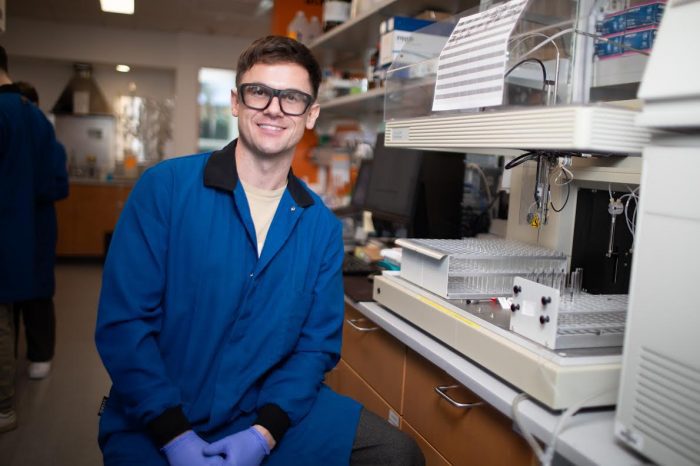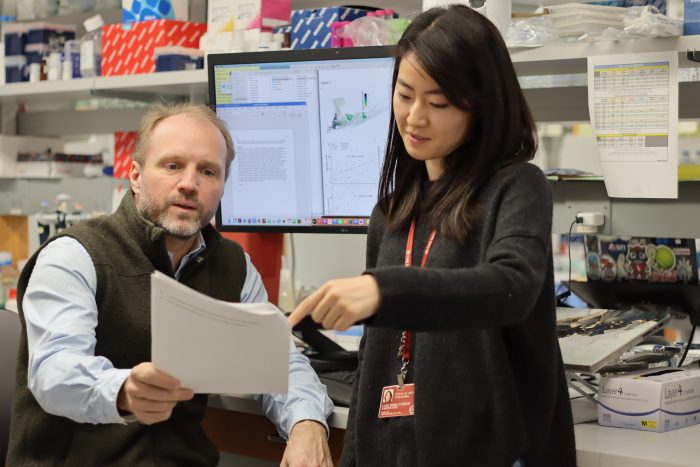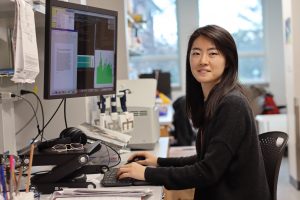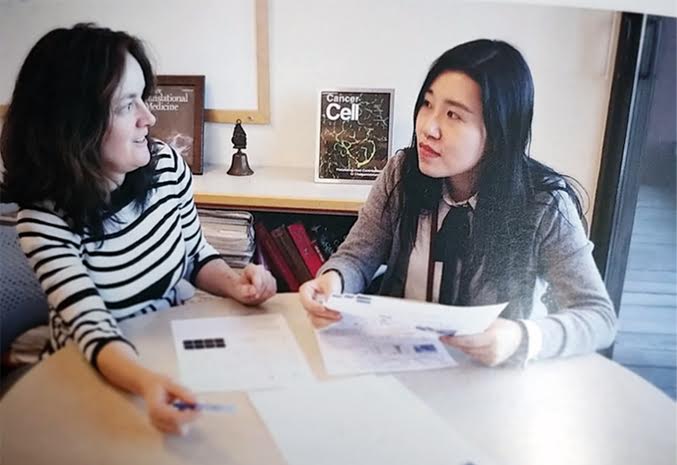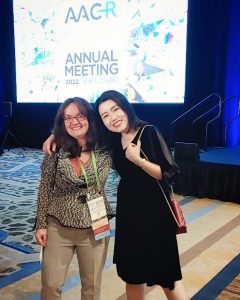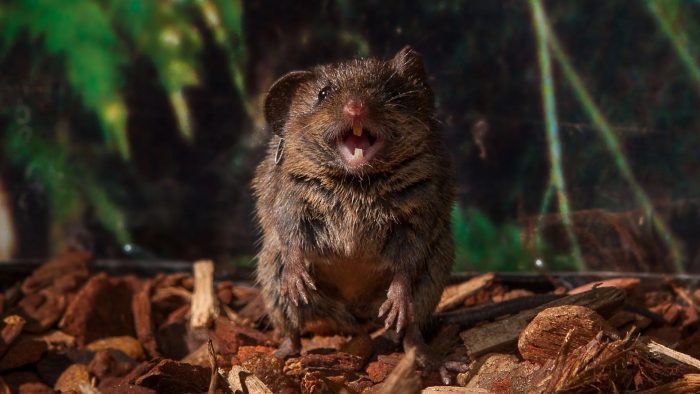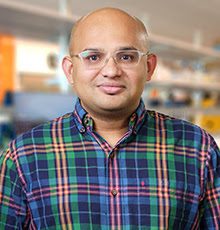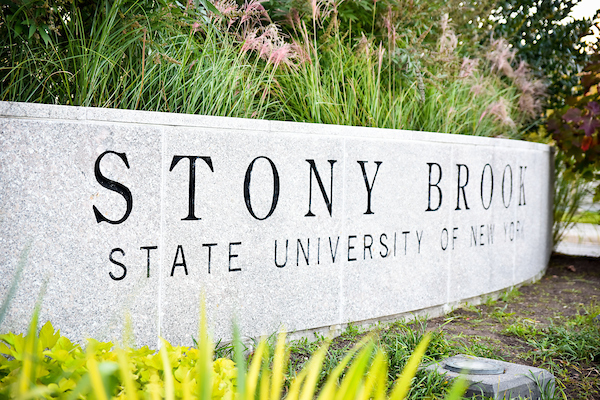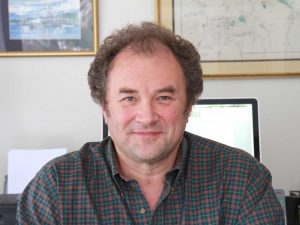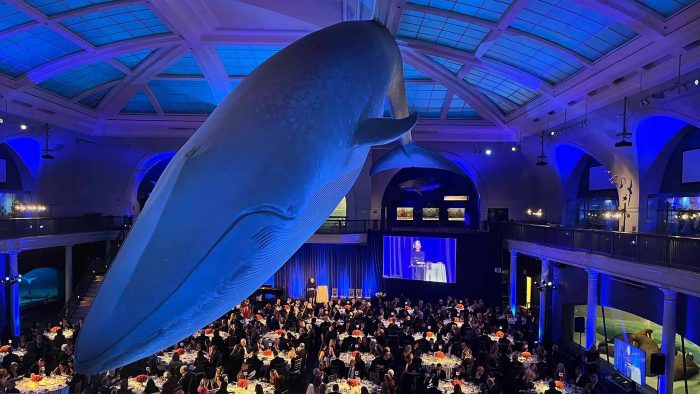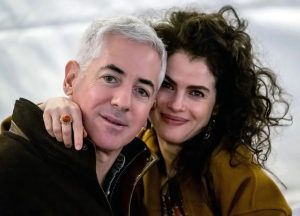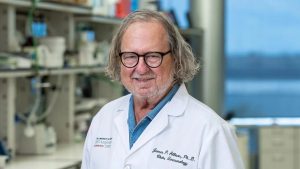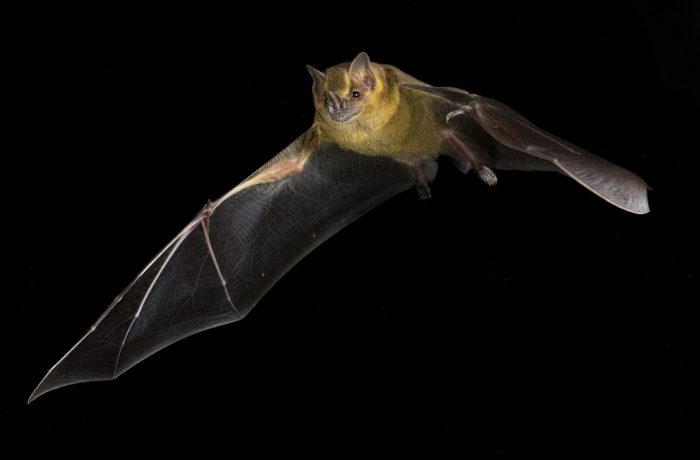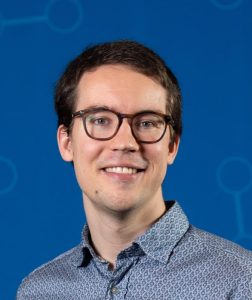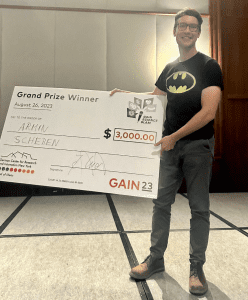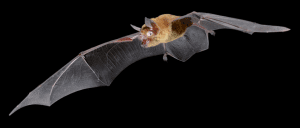By Daniel Dunaief
Gabrielle Pouchelon doesn’t need to answer the age-old debate about heredity vs. environment. When it comes to the development of the brain, she’s studying the response both to sensory cues and genetics.

Photo courtesy of CSHL
An Assistant Professor who joined Cold Spring Harbor Laboratory in March of 2022, Pouchelon studies the interplay between sensory and neuromodulatory inputs and genetic programs in circuit maturation. She also studies other neuromodulatory inputs, usually associated with states of adulthood, which could control development.
A combination of genetics and environment shapes the way neurons connect in a healthy brain. In people who develop non-neurotypical behaviors, through autism, schizophrenia or other conditions, the development of neurological connections and architecture is likely different.
Researchers have associated genes of susceptibility with schizophrenia and autism spectrum disorders. Scientists believe environmental cues provide the brain with activity that interact with these genetic components.
“We are trying to understand whether we can [intervene] earlier that can have different outcomes at later times,” said Pouchelon. “We are studying ways to intervene with these transient processes and examine whether dysfunctions associated with the disorders are improved.”
During critical periods of development, the brain has a high level of plasticity, where various inputs can alter neurons and their connections. This not only involves building connections, but sometimes breaking them down and rebuilding other ones. As people age, that plasticity decreases, which is why children learn faster than adults in areas such as the acquisition and development of language skills.
While the timing of critical periods is less well-defined in humans and language is a complex function, the ability to learn new languages at a young age reflects the high plasticity of the brain.
Scientists are studying language processes, which are specific to humans, with functional magnetic resonance imaging.
Pouchelon, who isn’t studying language skills, hopes that understanding the architecture of developing brains and how they respond to sensory and neuromodulatory cues could shed light on the studies performed in humans. Since behavioral therapy and pharmaceutical treatments can help children with autism, she believes understanding how external cues affect genetic elements could uncover drug targets to alleviate symptoms of neurodevelopmental disorders at an early age.
Neurons & the environment

In her lab, which currently includes three researchers but she expects to double within a month, Pouchelon uses sophisticated tools to target not only the effect of the environment, but also to look at the specific neurons that transmit information.
She is trying to “understand at a very precise level what a sensory input means and what are the neurons that integrate that sensory input.”
Sam Liebman, who became a technician in Pouchelon’s lab two years ago after graduating from the University of Vermont, appreciates the work they’re doing and her mentorship.
The lab is “unique and special” because he has that “close relationship” in what is now a smaller lab with Pouchelon, Liebman said.
Growing up in Huntington, Liebman, who hopes to go to graduate school in the fall of 2025, came to Cold Spring Harbor Laboratory for field trips in middle school and high school.
“I idolized this place and this campus,” said Liebman.
Pouchelon has asked for Liebman’s opinion on potential candidates to join the lab, even summer interns.
Fragile X Syndrome
Most of the work Pouchelon conducts is done on animal models. She is mainly studying animals with a mutation linked to Fragile X Syndrome.
In Fragile X Syndrome, which can affect boys and girls, children can have developmental delays, learning disabilities and social and behavioral problems. Boys, according to the Centers for Disease Control and Prevention, typically have some degree of intellectual disability, while girls can have normal intelligence or some degree of intellectual disability.
Other models for autism exist, such as genetic mutations in the gene Shank3. “We are trying to utilize these models to apply what we understand of development in brains that are healthy and compare them” to the mutated models, Pouchelon explained.
While clinical trials are exploring receptors as drug targets for Fragile X Syndrome, she hopes to find new ones that are selective in early stages of the disease to modify their use depending on the stages of development.
An annoying nerd
Born and raised in Paris, France to a family that showed considerably more artistic talent than she, Pouchelon struggled with games she and her sisters played when they listened to music on the radio and they had to guess the composer.
“I was the one always losing,” said Pouchelon. Her family, including her two older sisters who currently live in France, knew “way more about art and history than I did. I was the nerd scientist.”
When she was young, she was curious and asked a lot of “annoying questions” because she was interested in the “mystery of everything.” In high school, she became interested in the brain.
Pouchelon, who isn’t actively searching for French food but finds the baguettes at the Duck Island Bakery exceptional, lives on the Cold Spring Harbor Laboratory campus with her husband Djeckby “DJ” Joseph, a naturalized American citizen originally from Haiti who works in law enforcement at the VA Hospital in Manhattan, and their two-year old son Theo.
Eager to ensure her son benefits from a multicultural identity, Pouchelon speaks to Theo in French. He also attends on campus day care, where he learns English.
As for the decision to come to Cold Spring Harbor Laboratory, Pouchelon, who conducted her PhD research at the University of Geneva in Switzerland and completed her postdoctoral research at New York University and at Harvard Medical School, is thrilled to discuss her work with the talented and collegial staff at the lab.
Cold Spring Harbor Laboratory, which is known internationally for meetings and courses, is an “exciting place” where scientists conduct cutting edge research.


